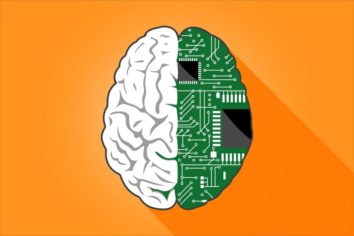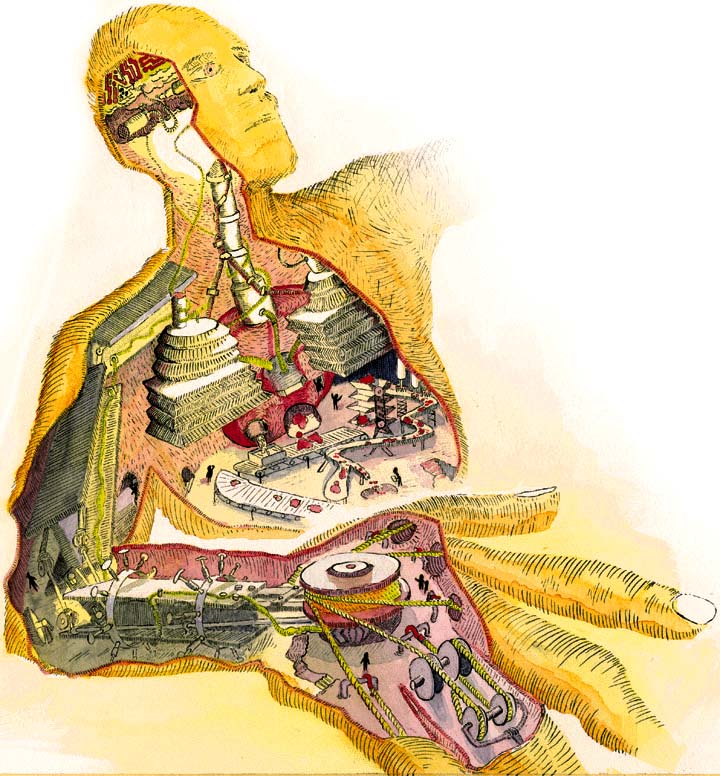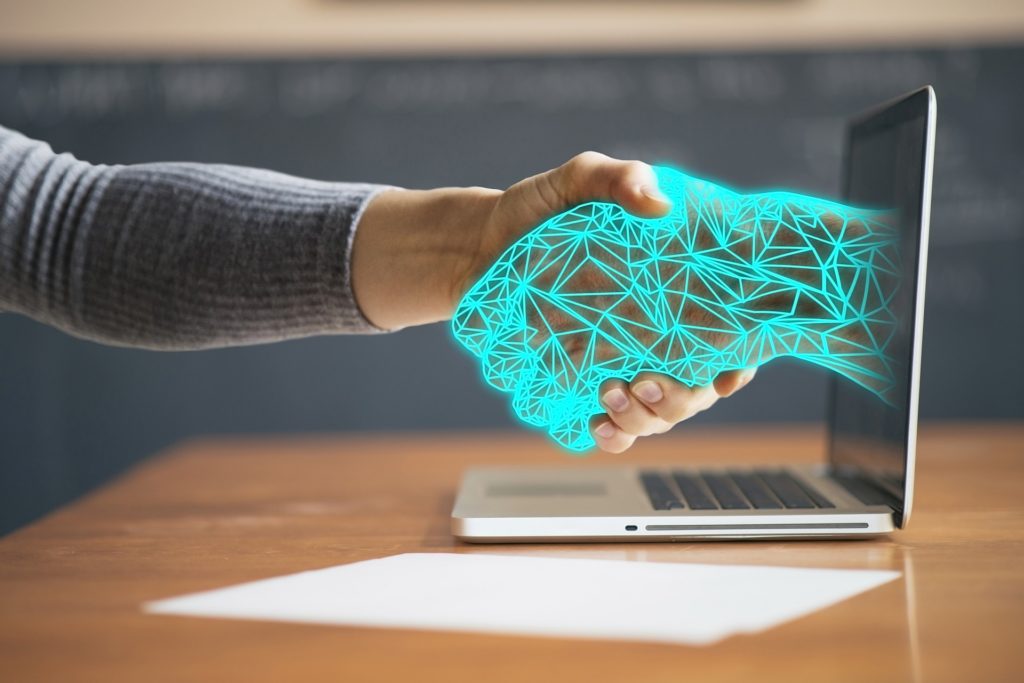The World Post-Pandemic: Managing People or Machines?

3 min read
COVID-19 has brought structural changes to service operations and call centers, specifically through the extended use of work-from-home methods. While we all expect to go back to an office, at least partially, most operational people are now, more than ever, connected to a complete suite of systems: telephony, ticketing, workflow, chat, email, and automation, to name a few. These systems are particularly suited to the integration of bots to complement human workforces. For example, bots can more easily automate certain repetitive tasks across previously disconnected systems. Nevertheless, many human workers will continue to add value to operations post-pandemic.

The Irreplaceable Algorithm of Humans
The management of employees and contractors is becoming more complex in the new work environment where line of sight has disappeared. However, the systems that have been required to allow “work from home” in operations are also providing information that will strengthen decision-making capabilities in real-time. Extensive and up-to-date use of machine learning and artificial intelligence techniques is required to exploit the operational data and better manage human workers. Properly assembled algorithms and data can be structured in intelligence engines that provide automated recommendations to management and operators on a continuous basis.
Humans will continue to add value because they provide something that is irreplaceable. We are clearly seeing it during a time of social distancing where there is an increasing need to rediscover our “social animal” instincts; we need to see and interact together in many different ways, not just through screens or bots. The social dimensions add value to a lot of tasks humans are involved in, especially in service operations. We have all seen the backlash against bots that cannot communicate properly with different humans or regarding novel subjects. While Alexa and Siri are progressing fast, they can only address simple tasks, and they cannot seamlessly contextualize. Some decisions or interactions, small and big, will require humans for a long period of time. Empathy, the ability to address frustrations, contextualization that is always emotionally multi-dimensional, reacting “out of the box,” and cultural understanding are functions still better performed by humans. In addition, we will still conduct business through management and, while better information will continue to help humans, the final decisions will ultimately lie with humans.
So, while we will continue to see a lot of new developments in automation, automated AI, AI-driven workflows, or BI tools, it is time to put the human back at the center of our world.

T-K Helps Manage Both
When we launched CKM in 2011 on a path to use operational data to better manage service organizations, we simply assumed that better organization of the data in a timely manner would be the basis of value for our clients. And it certainly was (and still is), with gains in efficiency always higher than 35%. But what became even more apparent as we encapsulated AI, machine learning, and algorithms into our product (T-K) is that we were able to understand and classify the work performed by all resources (humans and bots) in a consistent manner based on a desired outcome and that we were able to assign a work effort to all tasks performed in a dynamic manner. T-K was not only able to monitor activities as they were happening, but it was able to affect the expected outcomes in real-time and end-to-end. We have chosen to continue to inform humans on how best to affect outcomes by adding continual recommendation capabilities to T-K.
T-K by CKM better empowers humans in operations. It delivers automated recommendations, leveraging the most advanced data science methods and all forms of useful AI to provide more intelligence in a timely manner to humans. It allows an enterprise to ensure that its human capital is deployed in the most effective manner, using the most customer-centric perspective, to better leverage all non-human technologies while allowing humans to continue to add value while they are at the center of it all.
T-K understands in real-time:
- the true human effort required,
- how best to align humans to work,
- who is best at performing certain work. and
- how others can leverage the expertise,
- if the work is performed well between humans and machines (including bots), and
- how to eliminate unnecessary tasks performed by humans.
T-K delivers its intelligence not only for the benefit of machines but more importantly to benefit the humans who orchestrate and deliver the services that your clients need.
Discover T-K, the intelligence engine in service operations built for humans and helping you manage humans.
